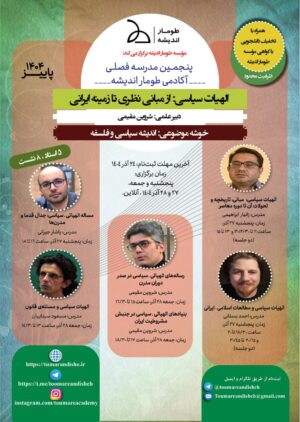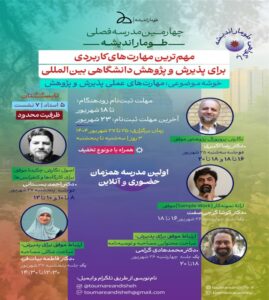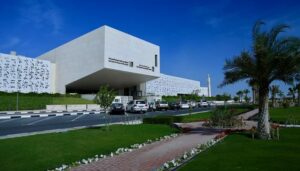امانوئل دگلی اسپوستی در روزهای گذشته مقالهای با عنوان «واقعیتهای متلاشی شده: فرقهای کردن فضا در میان شیعیان عراقی ساکن لبنان» در ژورنال اسلام معاصر منتشر کرده است. این مقاله به زبان انگلیسی نوشته شده و چکیده آن در ادامه خواهد آمد. برای مشاهده متن کامل این مقاله به این لینک مراجعه کنید.
Fragmented realities: the ‘sectarianisation’ of space among Iraqi Shias in London
Emanuelle Degli Esposti
How do the spaces we inhabit shape our lived experiences? And how do those lived experiences in turn come to shape and influence our political subjectivity? Such questions are rendered all the more important in studies of migrant or diaspora populations who, by definition, conduct their daily lives in spaces and places that were initially alien to them. The way in which migrants interact with the spaces around them can tell us much about the social, political, and religious engagements they invest in, as well as the very real way in which they experience their local milieu. Through a detailed study of Iraqi Shiis living in London, specifically in the north-western borough of Brent, this article will seek to trace the ways in which religious institutions have carved up the physical and social landscape of north-west London in ways that have enduring effect on the communities with which they engage. The increasing diversification of different religious establishments, I argue, has led to a fragmentation of the city-as-lived, in which the vast majority of practising Iraqi Shiis engage with only small isolated pockets of the urban environment on a daily basis. Moreover, the growing number of specifically Shia schools, charities, mosques, community centres and other such institutions has resulted in what I call a ‘sectarianisation’ of space in Brent, in which individuals hailing from different branches of Islam inhabit different spaces within the city despite often living within metres of each other. Drawing on a mixture of interviews, participant observation, and mapping techniques, I bring together theory and practice in order to sketch out the ways migrant lives can come to be localised in certain spaces, and what that can ultimately mean in terms of their political subjectivity and engagement.




